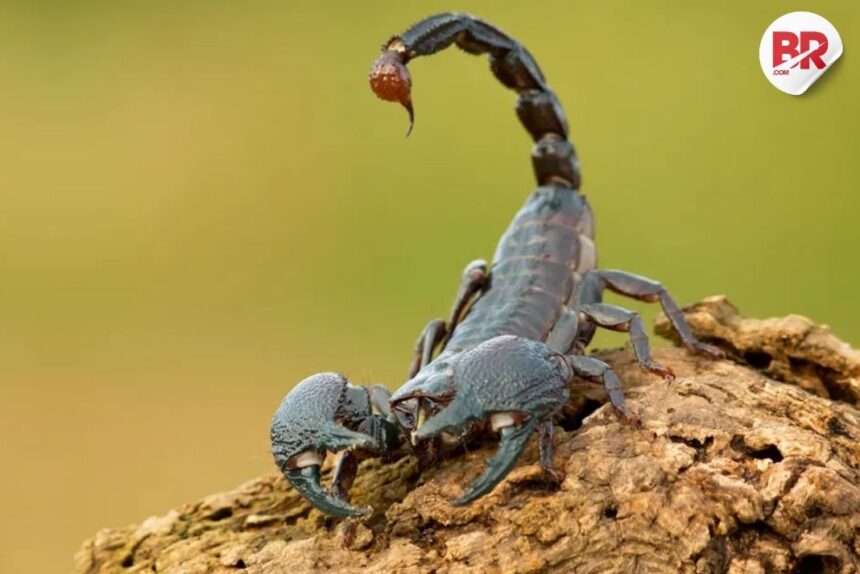
Some animals don’t need big teeth or sharp claws to be deadly. Instead, they carry poison that’s strong enough to kill with just a tiny amount.
Cyanide is known for being very poisonous, but some animals have toxins that are even more powerful. These poisons help them stay safe from predators or catch their prey.

Here are some of the world’s most poisonous animals:
Golden Poison Frog
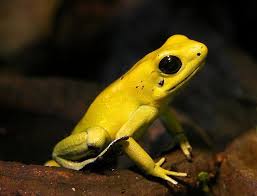
This small, brightly colored frog from Colombia is one of the most poisonous animals in the world. Its skin has a toxin called batrachotoxin that can stop nerves from working, causing paralysis or death.
Even a tiny amount—smaller than a pinhead—can kill a person. Indigenous people have used its poison on blow darts for hunting.
Blue-Ringed Octopus
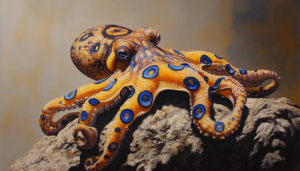
This small octopus looks pretty with its glowing blue rings, but it’s very dangerous. Found in Australia and Asia, it carries tetrodotoxin, a poison that can stop your muscles and breathing.
There is no cure, and one bite can be deadly without quick medical help.
Pufferfish
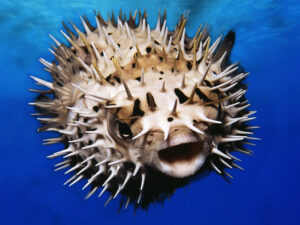
Pufferfish puff up when scared, but their real danger is inside. Their organs carry tetrodotoxin, the same deadly poison as the blue-ringed octopus.
This toxin is over 1,200 times stronger than cyanide. In Japan, pufferfish (called fugu) is a special dish, but only expert chefs are allowed to prepare it safely.
Cone Snail
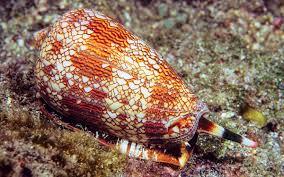
This sea snail may look harmless, but it uses a venomous “harpoon” to catch prey. Its venom can cause muscle paralysis and even kill humans.
There is no antidote, making some cone snail stings very dangerous.
Box Jellyfish
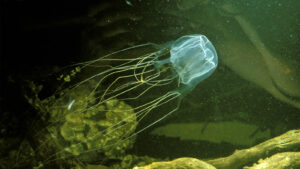
Found in warm waters near the Indo-Pacific, this jellyfish has long tentacles with powerful venom. A sting can cause heart failure within minutes.
It’s known as one of the deadliest sea creatures.
Brazilian Wandering Spider
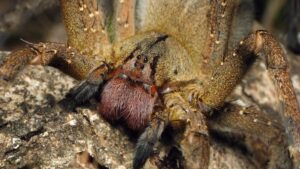
Also called the “banana spider,” this spider is known for being aggressive. Its venom can cause muscle spasms and, in rare cases, death.
It lives in South and Central America and has even been found in banana shipments.
Stonefish
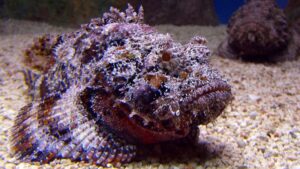
The stonefish is the world’s most poisonous fish. It hides on the ocean floor and looks like a rock. If stepped on, its spines release venom that causes severe pain, swelling, and possibly death.
It’s a master of camouflage.
Though these animals are dangerous, scientists are studying their poisons to create new medicines and painkillers. Even deadly creatures can help us learn and heal.


